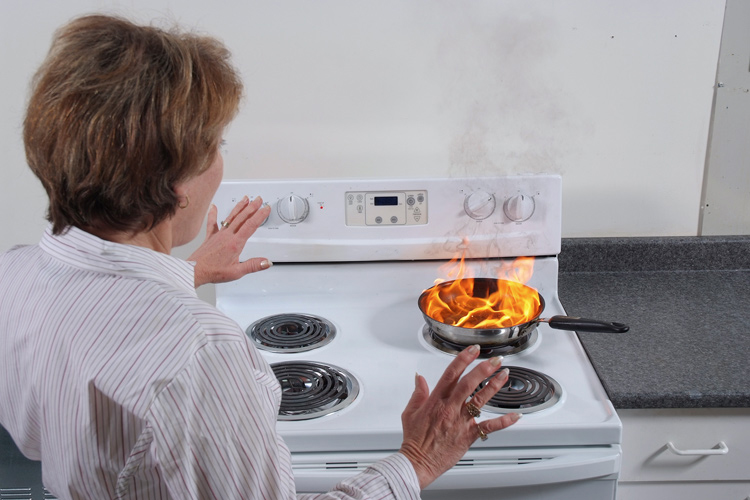Turning On a Gas Stove: A Guide for Safe Operation
I. Introduction to Turning On a Gas Stove
A. Importance of Properly Operating a Gas Stove

Properly operating a gas stove is essential for safe and efficient cooking. Understanding how to turn on a gas stove ensures that you can use it effectively and avoid accidents or hazards.
B. Embracing Safety Precautions for Gas Stove Usage
Gas stoves can pose safety risks if not operated correctly. It is important to follow safety precautions, including checking for gas leaks and ensuring the gas supply valve is properly opened or closed.
C. Exploring the Steps to Safely Turn On a Gas Stove
To safely turn on a gas stove, you need to identify the gas stove components, check for gas leaks, and properly open the gas supply valve.
II. Identifying Gas Stove Components
A. Locating the Gas Supply Valve
- Finding the Gas Supply Valve behind the Stove
The gas supply valve is usually located behind the stove and is connected to the gas line. It controls the flow of gas to the burners.
- Understanding the Importance of Proper Positioning (Open or Closed)
The gas supply valve should be properly positioned depending on whether you want to open or close the gas flow to the stove. Open the valve to allow gas flow and close it to stop the flow.
B. Identifying Control Knobs and Burner Layout
- Recognizing the Number and Placement of Burners
Gas stoves can have multiple burners, usually arranged in a row or a square pattern. Identify the number and placement of burners on your gas stove.
- Differentiating Control Knobs for Each Burner
Each burner on a gas stove has its own control knob.
III. Checking for Gas Leaks
A. Smelling for Gas Odor
- Paying Attention to Any Unusual Gas Smell
Natural gas is odorless, but an odorant called mercaptan is added to give it a distinctive sulfur-like or rotten egg smell. If you detect this odor, it may indicate a gas leak.
- Recognizing the Sulfur-Like or Rotten Egg Odor of Natural Gas
Familiarize yourself with the smell of natural gas by performing a “sniff test” near the gas stove. This helps you recognize the odor and respond immediately if you detect a gas leak.
B. Using a Gas Leak Detector or Soapy Water
- Applying a Gas Leak Detector Solution or Soapy Water to Connections
Gas leak detector solutions or a solution of soapy water can help identify gas leaks. Apply the solution to the gas connections, such as the flexible hose or gas supply valve, and observe for any bubbles or color changes.
- Observing for Bubbles or Color Changes Indicative of Leaks
If bubbles or color changes appear when the solution is applied, it indicates a gas leak. Take immediate action by turning off the gas supply valve and contacting a professional for assistance.
IV. Turning On the Gas Supply Valve
A. Locating the Gas Supply Valve Behind the Stove
- Identifying the Valve Handle or Knob
Locate the gas supply valve behind the stove. The valve handle or knob is usually perpendicular to the gas line and can be turned to open or close the gas flow.
- Ensuring the Valve is in the “Open” Position
Before turning on the gas supply valve, ensure that the valve handle or knob is in the “Open” position, aligned with the gas line. This allows gas to flow to the burners.
B. Opening the Gas Supply Valve
- Turning the Valve Handle or Knob to the “Open” Position
Turn the valve handle or knob clockwise to open the gas supply valve fully. This allows gas to flow to the burners and enables them to ignite.
- Listening or Checking for Gas Flow
After opening the gas supply valve, listen for the sound of gas flowing or check for the presence of a small flame at the burner. These indicate that the gas is flowing properly.
In conclusion, turning on a gas stove involves identifying the gas stove components, checking for gas leaks, and properly opening the gas supply valve. By following these steps and exercising caution, you can safely operate your gas stove and enjoy efficient and reliable cooking.
